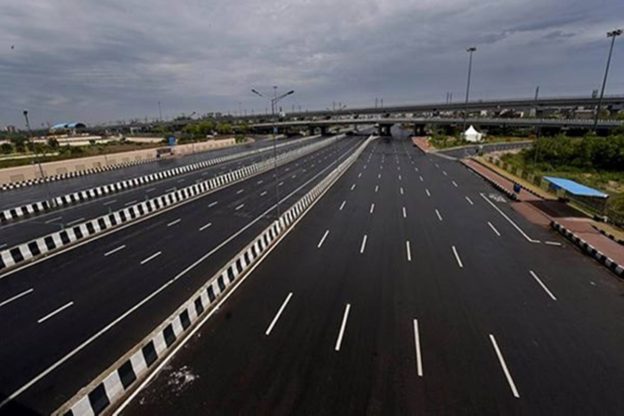The major-port sector hasn’t seen the required level of fixed assets creation to pare the country’s high logistic costs owing to legacy issues including the TAMP’s archaic regulatory grip.
For coastal trade, the 3,80,000 sq km hinterland covers 40 districts across 9 states. Lakshadweep and the Andaman and Nicobar islands also forms the hinterland for coastal trade.
Emerging as one of the early movers under PM Gati Shakti, the national master plan for bolstering multi-modal connectivity, the ministry of ports, shipping and waterways has identified 101 projects for implementation by 2024-25. The identified projects include many at state-run ‘major ports’, which have recently got the freedom to determine the tariffs for various port-related services as well as the terms for private developers, thanks to the abolition of the Tariff Authority for Major Ports (TAMP).
The identified projects are in addition to the 80-odd Sagarmala projects that are under way, and include many waterways, Sarbananda Sonowal, minister for ports, shipping and waterways, said at a CII session here.
Under PM Gati Shakti, a target has been set to increase cargo capacity at Indian ports to 1,759 million tonne per annum (mtpa) by 2024-25, from 1,282 mtpa at present.
The major-port sector hasn’t seen the required level of fixed assets creation to pare the country’s high logistic costs owing to legacy issues including the TAMP’s archaic regulatory grip.
The recently notified Major Port Authorities Act 2021, the Inland Vessel Bill 2021, and increasing the ambit of coastal shipping would provide a leverage to India’s maritime sector, and reduce cost of logistics and supply-chain from 13% of GDP at present to 8% of GDP. The Gati Shakti Master Plan would compile data on specific action plan of various ministries for close monitoring and timely implementation of projects, Sonowal said.
The 2.5 million tonne coastal shipping berth at JNPT, with 11 hectare of cargo storage space, would enable coastal movement of bulk cargo within the country, outside the customs-notified area, the minister said.
The Inland Vessel Bill 21, passed by Parliament in August this year, replacing the Inland Vessel Act, 1917, could make registration certification valid in all states and union territories once it is notified. Inland vessels would no more require to take permission of the states. The rules and regulations uniformly applicable under the new law, instead of separate rules in different states, would ensure seamless and cost-effective trade with inland vessels using the waterways, Sonowal said.
For coastal trade, the 3,80,000 sq km hinterland covers 40 districts across 9 states. Lakshadweep and the Andaman and Nicobar islands also forms the hinterland for coastal trade.
The required level of private investments were not forthcoming at India’s major ports and over 200 non-major ports for setting up cargo handling facilities owing to lack of pricing freedom and inflexible model concession agreements. The new law for major ports, while creating a level playing field for the major and minor ports, will make major ports more competitive.
The new law for major ports could make the tariffs fixed by each port authority as reference numbers for the purpose of bidding for PPP (public private partnership) projects. One reason why investment in port services via the PPP route has not been very remunerative for the private investors is the high revenue share — close to 40% in some cases — that port trusts pocket. The rules under the new law may address this long-standing issue as well.
https://www.financialexpress.com/infrastructure/ports-101-projects-lined-up-under-pm-gati-shakti/2376274/







